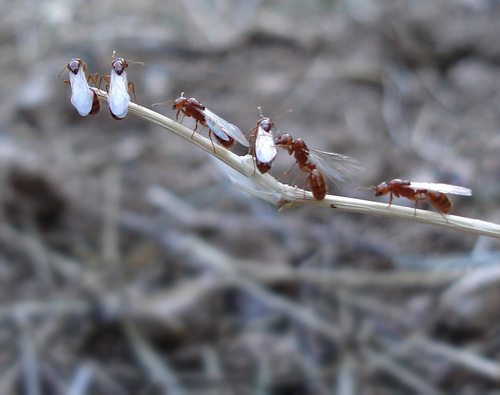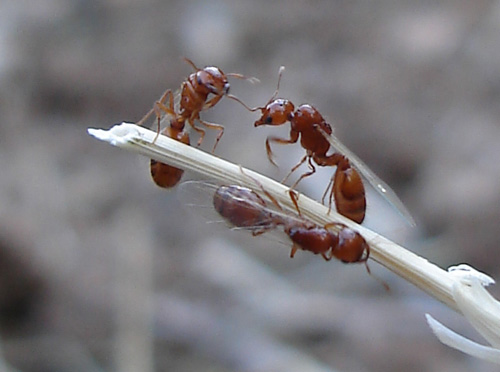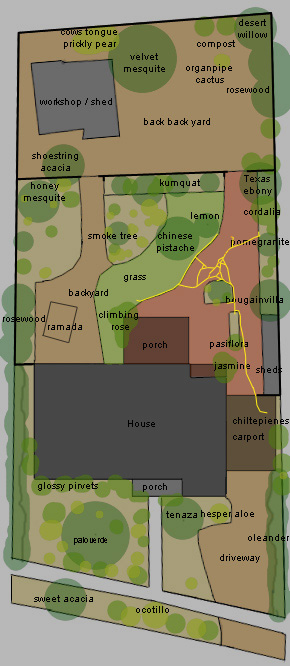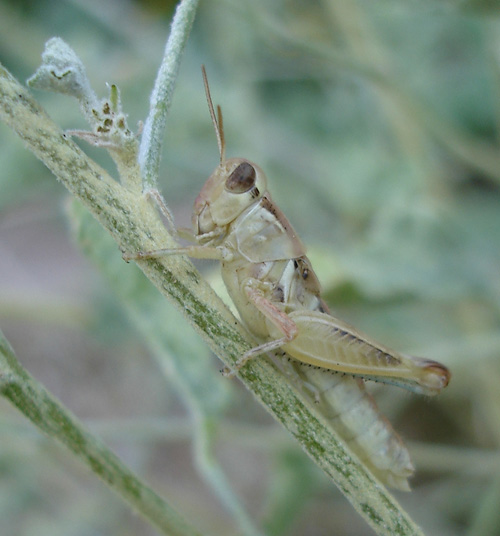Sycamore Canyon
Last weekend I organized an insect-hunting trip to Sycamore Canyon. This canyon is along the US-Mexico border, east of Nogales in the Pajarita Mountains Wilderness. These mountains are part of the larger Tumacacori Highlands, which need protection as a wilderness!! The area is extremely diverse, and it is the only place in the United States where many subtropical plants and animals can be found. There have been occasional jaguar sightings.
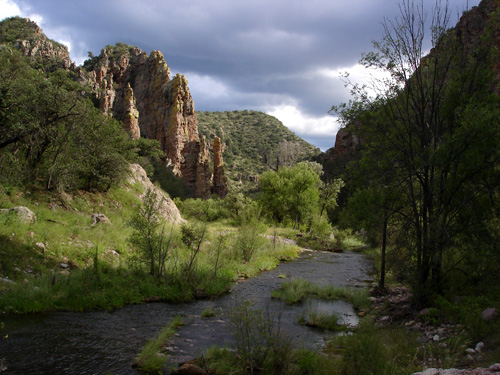
We planned to hike about halfway down the canyon, but there were so many fabulous insects, plants, fungi, and amphibians that we didn’t make it very far. We turned around when ominous clouds began to rumble.
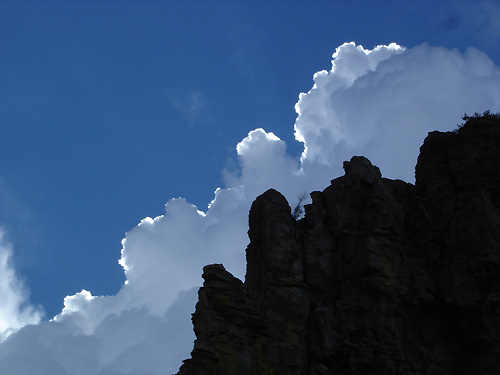
There were so many wonderful things in the canyon that I’ll need to break my report into multiple installments. I will start with caterpillars, which were abundant in all sorts of crazy shapes, sizes, forms, and colors.
Caterpillars are not my forte, so I will leave these unidentified except to say that the fuzzy ones are probably in the family Arctiidae.
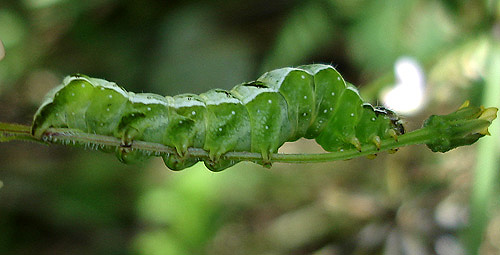
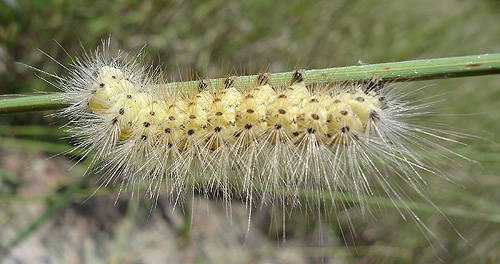
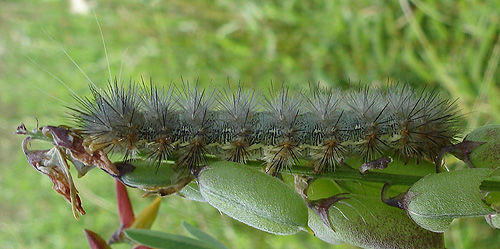
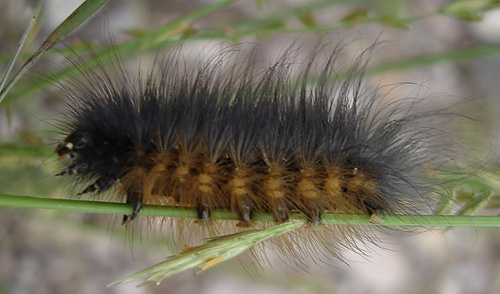
Adult butterflies were also tremendously abundant, and huge clouds of orange and yellow sulfurs lifted off around us as we walked. The butterflies clustered around damp patches on the path, looking like piles of yellow leaves.

If you look carefully, you can see that the butterflies have extended their probosces to suck liquid from the mud.
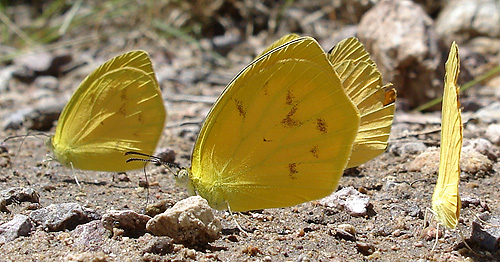
This mud-sipping behavior, called puddling, provides the butterflies with much-needed nutrients and salts to supplement their nectar diet.
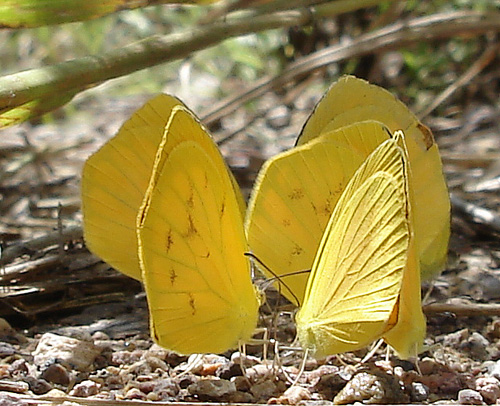

We planned to hike about halfway down the canyon, but there were so many fabulous insects, plants, fungi, and amphibians that we didn’t make it very far. We turned around when ominous clouds began to rumble.

There were so many wonderful things in the canyon that I’ll need to break my report into multiple installments. I will start with caterpillars, which were abundant in all sorts of crazy shapes, sizes, forms, and colors.
Caterpillars are not my forte, so I will leave these unidentified except to say that the fuzzy ones are probably in the family Arctiidae.




Adult butterflies were also tremendously abundant, and huge clouds of orange and yellow sulfurs lifted off around us as we walked. The butterflies clustered around damp patches on the path, looking like piles of yellow leaves.

If you look carefully, you can see that the butterflies have extended their probosces to suck liquid from the mud.

This mud-sipping behavior, called puddling, provides the butterflies with much-needed nutrients and salts to supplement their nectar diet.


